Lifting weights can lead to shoulder problems like rotator cuff injuries and impingements. This article will explain what causes these issues, how to recognize early symptoms, and ways to prevent and treat shoulder problems from lifting. Learn to lift safely and keep your shoulders healthy.
Key Takeaways
-
Understanding shoulder mechanics and the role of the rotator cuff is essential for preventing injuries during lifting.
-
Common shoulder injuries often result from improper lifting techniques and can manifest as pain, weakness, or discomfort during movement.
-
Preventative measures, including proper warm-up and strengthening exercises, are crucial for maintaining shoulder health and avoiding injuries.
Shoulder Mechanics and Lifting

The shoulder joint, a marvel of human anatomy, comprises three bones: the scapula (shoulder blade), clavicle (collarbone), and humerus (upper arm bone). This complex ball-and-socket joint allows for a wide range of shoulder movements, making it highly versatile but also prone to injuries. The rotator cuff muscles play a crucial role in stabilizing the shoulder joint and facilitating these movements.
However, the very flexibility that makes the shoulder so functional also makes it vulnerable. Rotator cuff tendinitis or bursitis, caused by inflammation of the rotator cuff tendons, is a common culprit behind shoulder pain during lifting. Knowing how your shoulder works aids in preventing injuries and allows for safe lifting.
The Role of Rotator Cuff Muscles
The rotator cuff muscles are the unsung heroes of shoulder stability and movement. Consisting of four muscles—supraspinatus, infraspinatus, teres minor, and subscapularis—they work in harmony to stabilize the shoulder joint and fine-tune arm movements during lifting.
Maintaining balanced strength and flexibility in these muscles ensures the shoulder’s range of motion and helps avoid injuries. Neglecting these muscles can lead to common shoulder injuries like rotator cuff tears or tendinitis, which can severely impact your ability to lift weights and perform daily activities.
Common Shoulder Movements in Lifting
When lifting, the shoulder joint performs several key movements, including flexion, extension, abduction, and internal rotation. Each of these movements requires coordinated muscle activation and proper alignment to ensure shoulder stability and prevent injuries.
For instance, during overhead lifting, the shoulder muscles must work together to maintain proper alignment and avoid impingement, a condition where the rotator cuff tendons are pinched. Knowing how to correctly execute these movements helps prevent shoulder problems and maintains shoulder health.
Recognizing Shoulder Problems from Lifting

Despite your best efforts, shoulder problems can still occur, especially if you lift weights regularly. The most common shoulder injury from weight lifting is a rotator cuff injury. Early symptoms often present as mild discomfort but can progress to severe pain and tenderness if left unaddressed.
Identifying signs of shoulder impingement and rotator cuff injuries early can avert more severe issues later. For example, pain during arm lifting is a common indicator of shoulder impingement. Awareness of these symptoms and timely medical attention can prevent prolonged discomfort and serious injuries.
Signs of Rotator Cuff Injuries
Rotator cuff injuries often manifest as shoulder pain and weakness, particularly when lifting the arm above the head. This pain can be a result of muscle strains or ligament sprains, often caused by using excessive weight or poor lifting form, including a rotator cuff tear.
Arm weakness often indicates a potential rotator cuff injury. If you experience these symptoms, it’s crucial to address them promptly to prevent further damage and to regain shoulder movement effectively.
Understanding Shoulder Impingement
Shoulder impingement occurs when the rotator cuff tendons are pinched or compressed, leading to inflammation and pain, especially during overhead lifting. This condition can cause increased pain at night, affecting your sleep and overall well-being.
Frequent overhead lifting and repetitive movements can exacerbate shoulder impingement. Knowing the causes and symptoms of shoulder impingement helps in modifying lifting techniques to prevent injuries.
When to Seek Medical Attention
Persistent shoulder pain that doesn’t improve within four to six weeks should prompt a visit to a GP. Severe symptoms like a dislocated shoulder or persistent severe pain necessitate immediate medical evaluation.
Timely intervention prevents further injury and promotes a smooth recovery.
Common Causes of Shoulder Problems During Lifting
Improper lifting techniques and repetitive overhead movements are common culprits behind shoulder injuries. Poor form, such as using a rounded back or forcing the shoulder into uncomfortable positions, can significantly increase the risk of shoulder instability and overuse injuries.
Strengthening and mobilizing shoulder muscles is vital for preventing injuries. Understanding the common causes of shoulder problems can help you adopt safer lifting practices and prevent shoulder injuries.
Improper Lifting Techniques
Incorrect lifting techniques can lead to significant stress on the shoulder joints, resulting in instability and overuse injuries. Awkward shoulder positions during lifts can lead to muscle strains and ligament sprains.
Maintaining proper form, such as keeping a straight back and using your legs to lift, can significantly reduce the risk of shoulder injuries. Proper technique is essential for safe and effective lifting.
Repetitive Overhead Movements
Repetitive overhead lifting can lead to shoulder impingement and other injuries due to the cumulative stress on the shoulder joints. Using excessive weight or incorrect form exacerbates this risk.
Using correct lifting techniques and shoulder exercises enhances mobility and stability, preventing injuries. Minimizing repetitive overhead movements and ensuring adequate rest helps mitigate shoulder problems.
Preventative Measures to Avoid Shoulder Problems

Preventing shoulder injuries involves a combination of proper lifting techniques, warm-up routines, and strengthening exercises. Avoiding heavy overhead lifting and maintaining an upright posture can significantly reduce the risk of shoulder problems.
Safe lifting practices and knowledge of shoulder mechanics are crucial for preventing injuries. Engaging in appropriate exercises helps maintain shoulder health and prevent injuries.
Proper Lifting Techniques
Incorporating mobility drills such as foam rolling and stretching the pectoralis muscles can prepare your shoulders for lifting. Keeping objects close to your body and using your legs to lift heavy objects can reduce strain on the shoulders.
Proper lifting techniques are essential for minimizing the risk of shoulder injuries. Proper form and technique are fundamental for safe and effective lifting.
Warm-Up and Stretching Exercises
A warm-up routine that boosts blood flow to the shoulder joints is crucial before weight training. Simple stretches like the doorway stretch and cross-body stretch can enhance shoulder flexibility and prevent injuries.
Exercises that enhance shoulder mobility and range of motion can greatly reduce shoulder problems. A comprehensive warm-up routine is vital for safe lifting practices.
Strengthening Exercises for Shoulder Stability
Effective shoulder stability during lifting tasks relies on the coordinated action of multiple muscles surrounding the shoulder joint. Exercises targeting the infraspinatus and teres minor are recommended for strengthening the rotator cuff.
Gradually increasing exercise intensity helps safely regain shoulder strength and reduces injury risk. Regularly strengthening shoulder muscles enhances stability and prevents shoulder problems.
Treatment Options for Shoulder Injuries

Treatment options for shoulder injuries include initial pain management, physical therapy, and if necessary, surgical interventions. Each phase of treatment plays a crucial role in recovery. Effective treatment helps prevent long-term issues and ensures smoother recovery.
Understanding the available treatment options can help you make informed decisions about your shoulder health.
Initial Treatment and Pain Management
Initial treatment methods for shoulder injuries caused by lifting include rest, ice application, and anti-inflammatory medications. Ice application is effective for reducing swelling and managing pain after a shoulder injury. Non-surgical options such as rest and activity modification are recommended for initial pain management. NSAIDs like ibuprofen, aspirin, and naproxen can help manage pain and swelling.
Physical Therapy and Rehabilitation
Physical therapy helps restore shoulder strength and flexibility post-injury. A structured rehabilitation program can help restore function and prevent further injuries.
Exercises that enhance shoulder mobility and stability are vital during rehabilitation. Working with a physical therapist can ensure a safe and effective recovery process.
Surgical Interventions
Surgery is considered for shoulder injuries when all other interventions have not been successful. Immediate weakness in the arm after an injury may signal a serious injury like a torn rotator cuff, which might require surgery.
The goal of shoulder surgery related to rotator cuff issues is to create more space for the rotator cuff and prevent further complications.
Living with a Shoulder Injury

Living with a shoulder injury requires adjusting your activities and focusing on pain management and rehabilitation. Using ice, heat, and over-the-counter medications can help manage pain during recovery.
Physical therapy plays a crucial role in restoring motion through a stretching and strengthening program. Modifying workout regimens and activities prevents further injuries and promotes healing.
Modifying Activities During Recovery
Shoulder Blade Squeeze and Standing Wall Push-Ups are beneficial exercises for recovering from shoulder injuries. Avoiding exercises that compress the shoulder, such as overhead pressing and incline pressing, is crucial during recovery.
Monitoring pain or discomfort during recovery is crucial. It enables adjustments in the rehab regimen to prevent any additional injuries. Modifying activities is crucial to prevent further injury and promote healing.
Returning to Full Strength
Using proper lifting techniques, such as keeping objects close to the body and using your legs for lifting, is crucial for returning to strength safely. Engaging in specific strengthening exercises for shoulder stability can prevent reinjury and enhance recovery.
Gradually progressing in strength training avoids overloading the shoulder and ensures a safe return to full strength. Physical therapy plays a significant role in regaining shoulder movement and restoring function after injury.
Summary
Summarize key points about shoulder mechanics, recognizing issues, preventing injuries, and treatment options. End with an inspiring phrase encouraging proactive shoulder care.
Frequently Asked Questions
What are common signs of a rotator cuff injury?
Common signs of a rotator cuff injury include shoulder pain, weakness, and difficulty lifting the arm above your head. If you experience these symptoms, it’s important to seek medical advice for proper assessment and treatment.
How can I prevent shoulder injuries when lifting weights?
To prevent shoulder injuries when lifting weights, ensure you use proper lifting techniques and incorporate warm-up and stretching exercises along with strengthening exercises for shoulder stability. Adhering to these practices will significantly reduce your risk of injury.
When should I seek medical attention for shoulder pain?
You should seek medical attention for shoulder pain if it persists for more than four to six weeks or if you experience severe pain or weakness. Addressing these symptoms promptly is crucial for effective treatment.
What initial treatments can help manage shoulder pain from lifting?
Rest, ice application, and anti-inflammatory medications are effective initial treatments for managing shoulder pain from lifting. Prioritizing these steps can significantly alleviate discomfort.
What role does physical therapy play in shoulder injury recovery?
Physical therapy is essential in shoulder injury recovery as it focuses on regaining strength and flexibility, restoring function, and preventing future injuries through a tailored rehabilitation program.





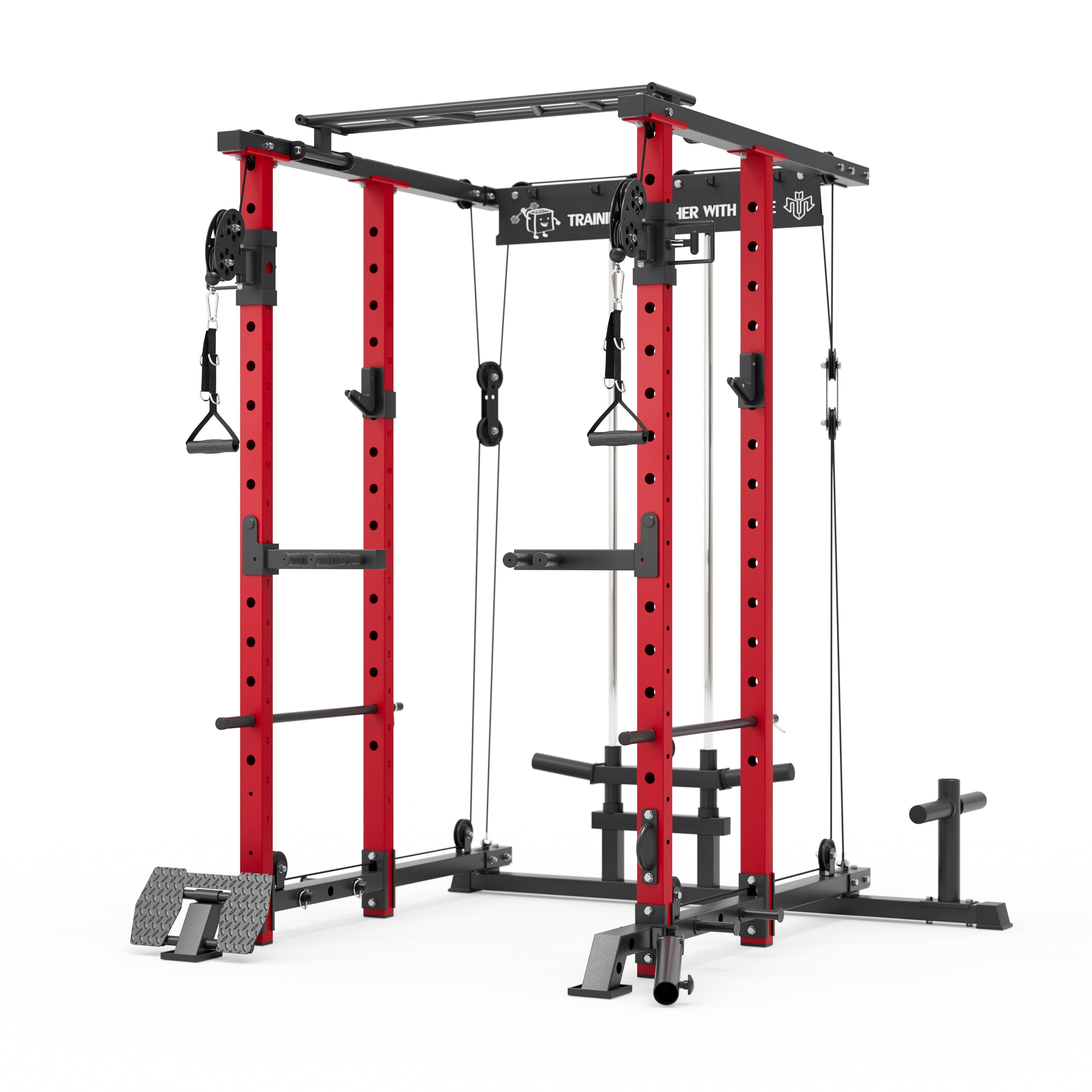
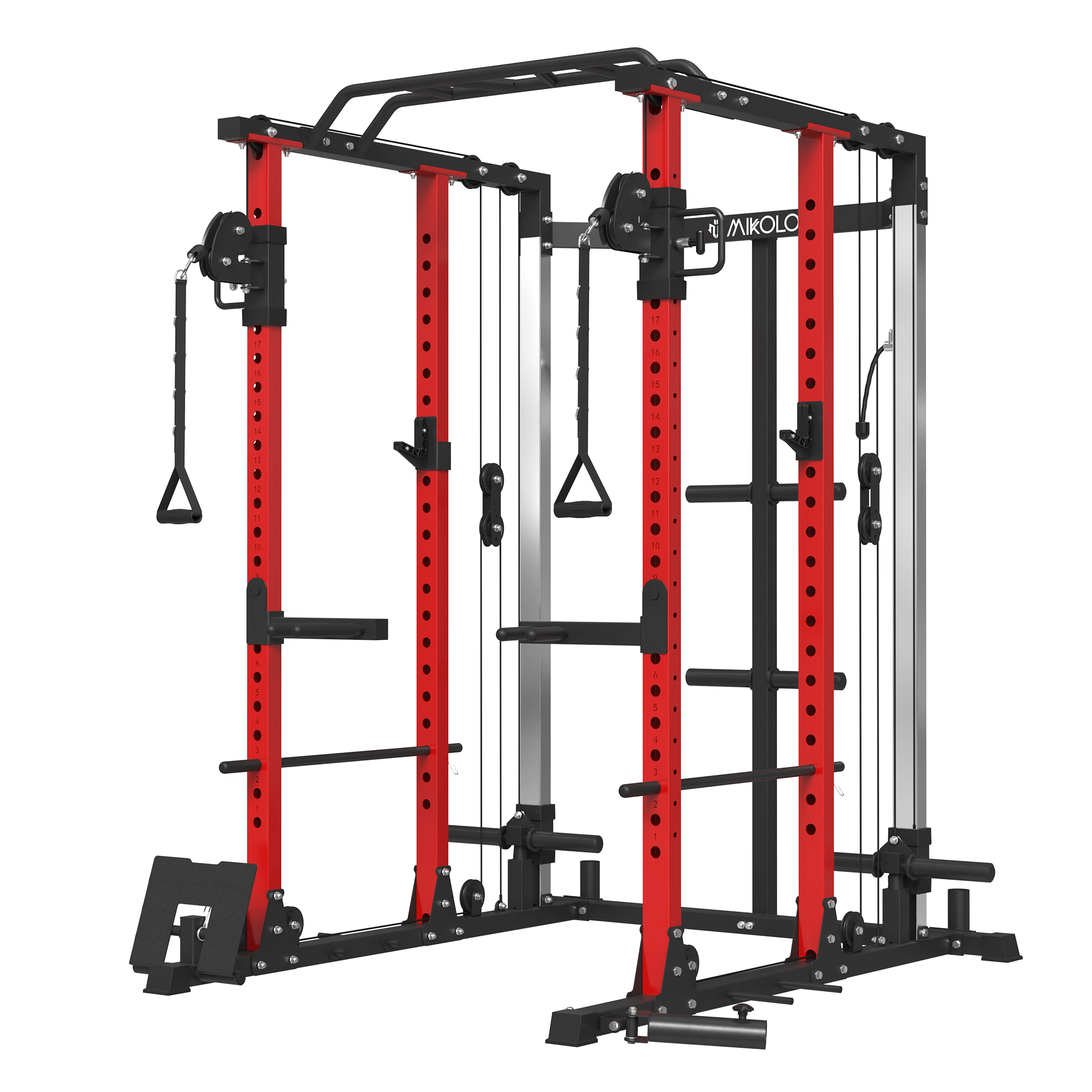
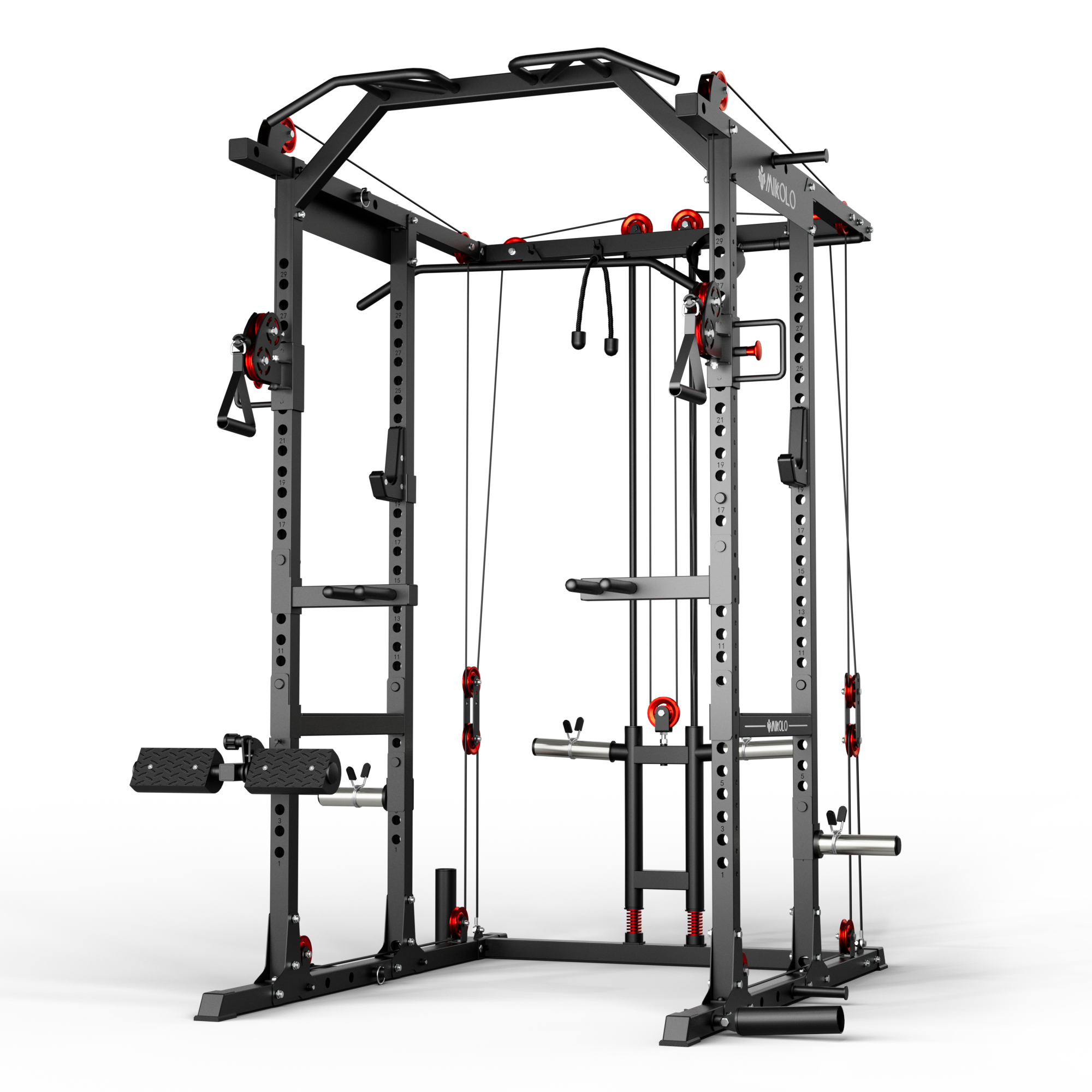
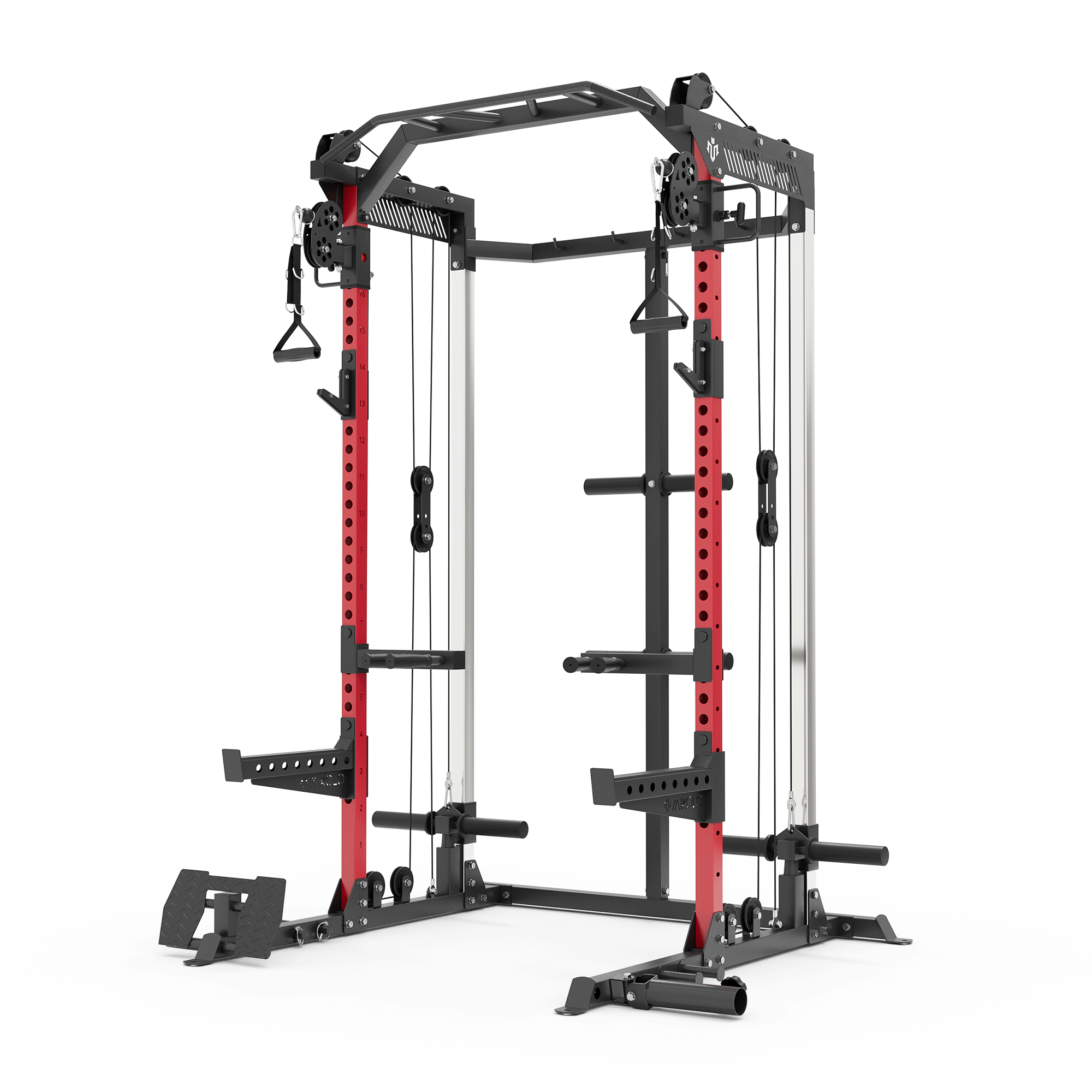





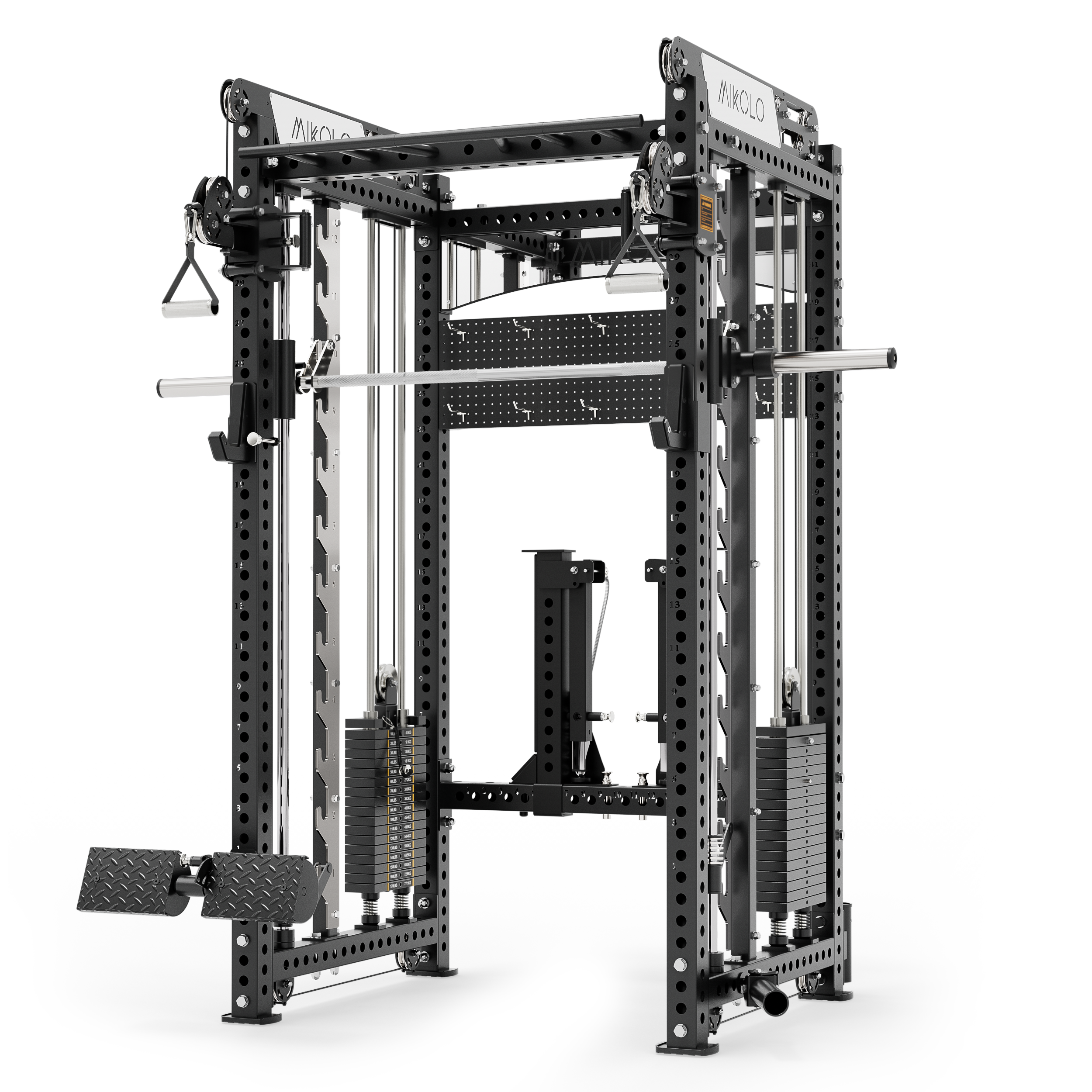
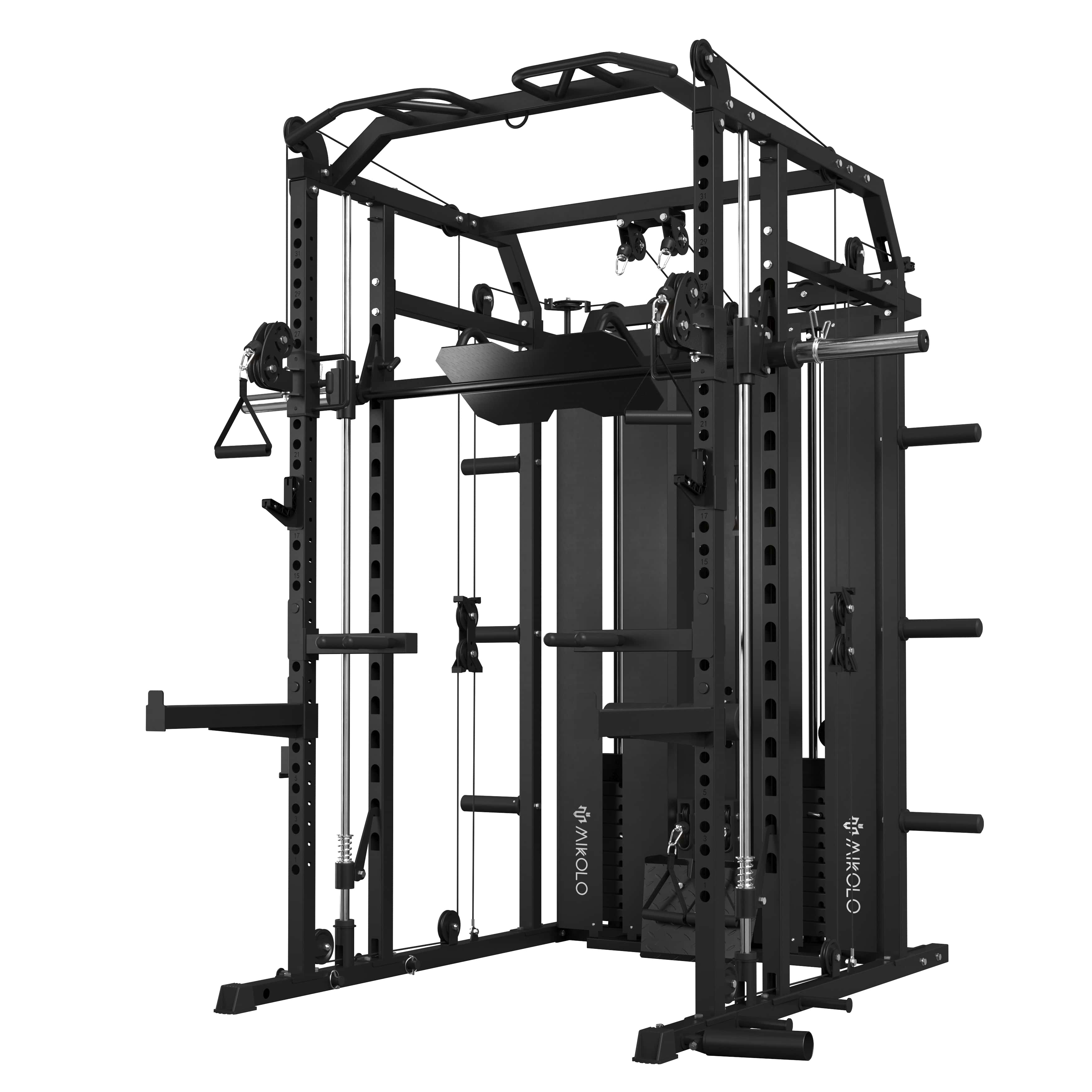
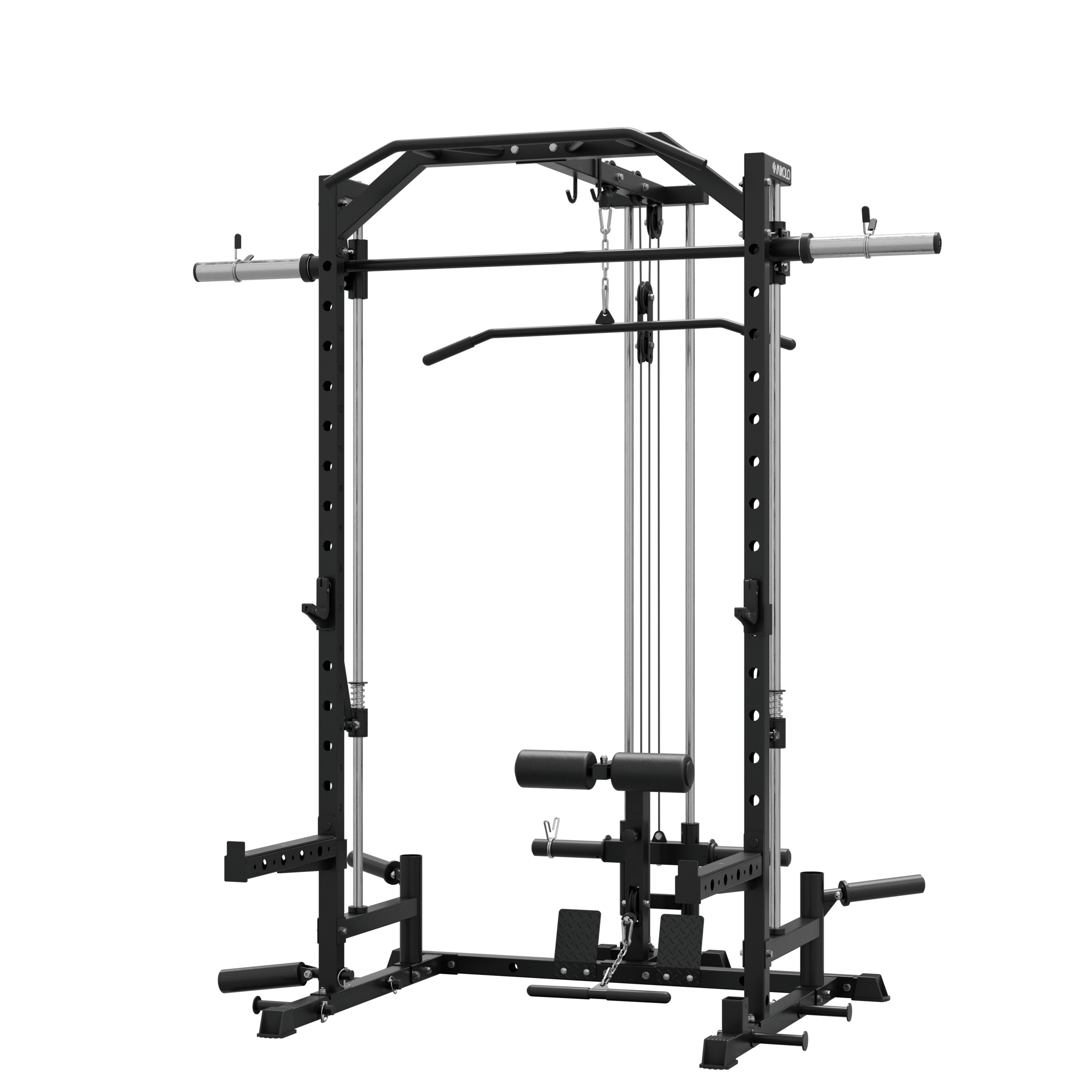
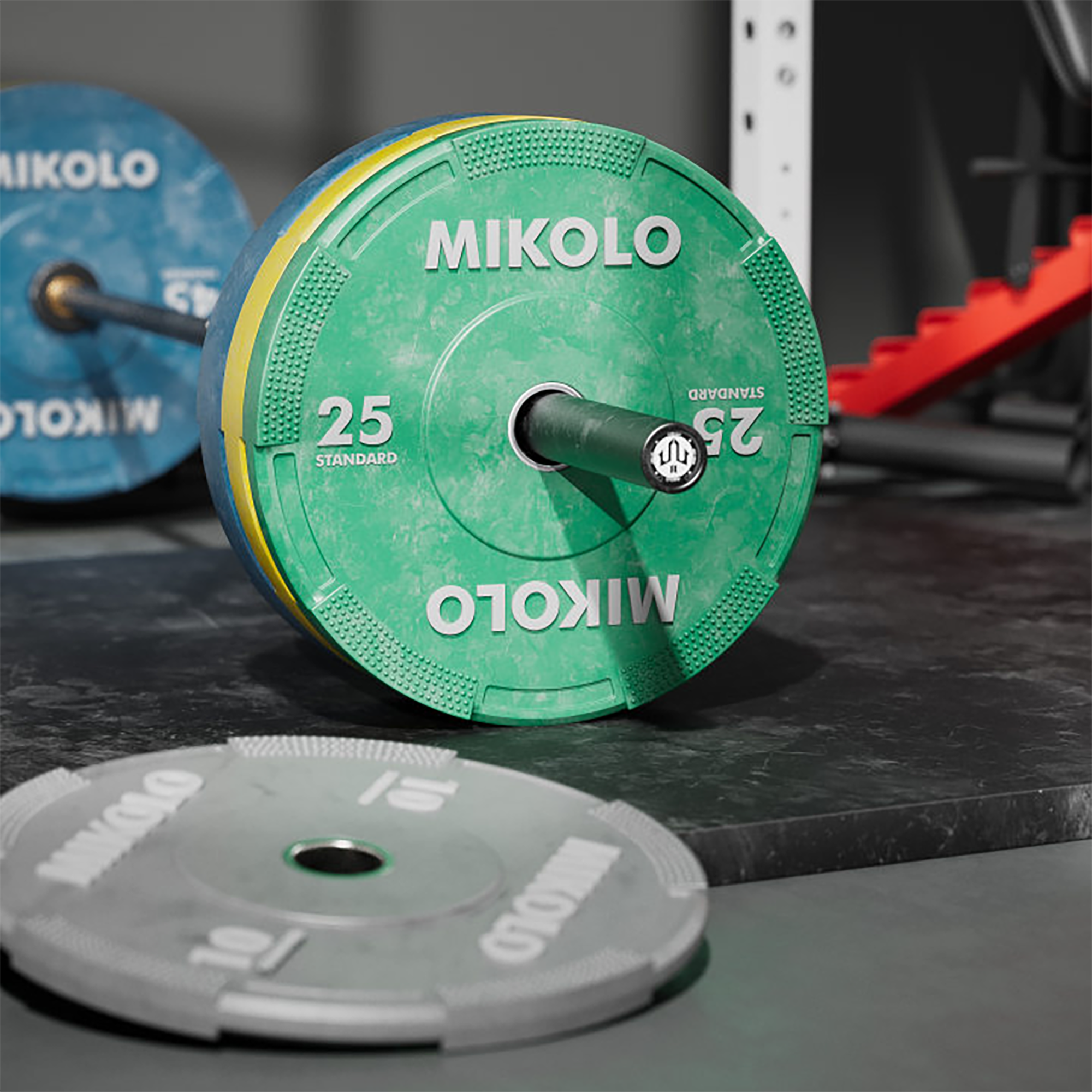


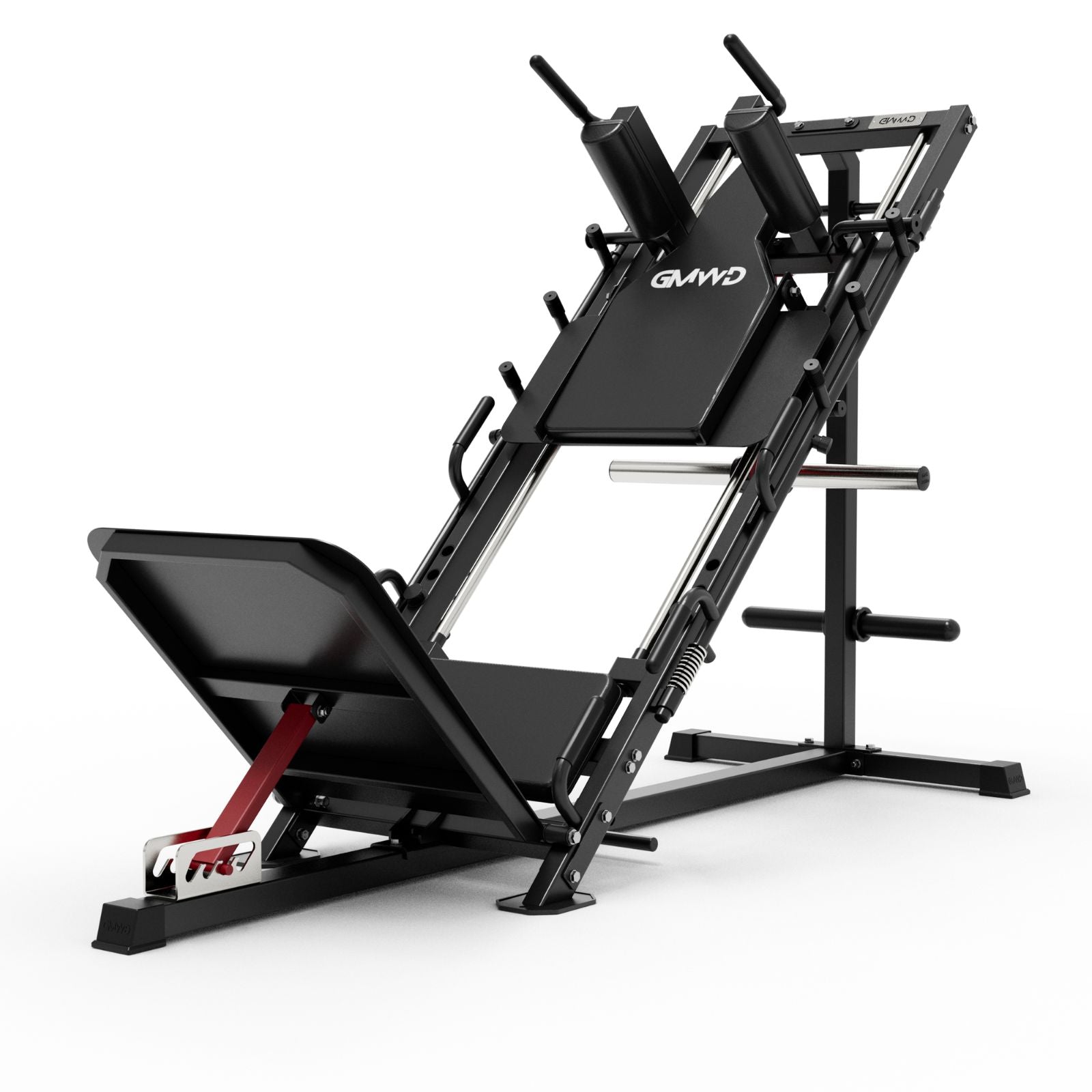


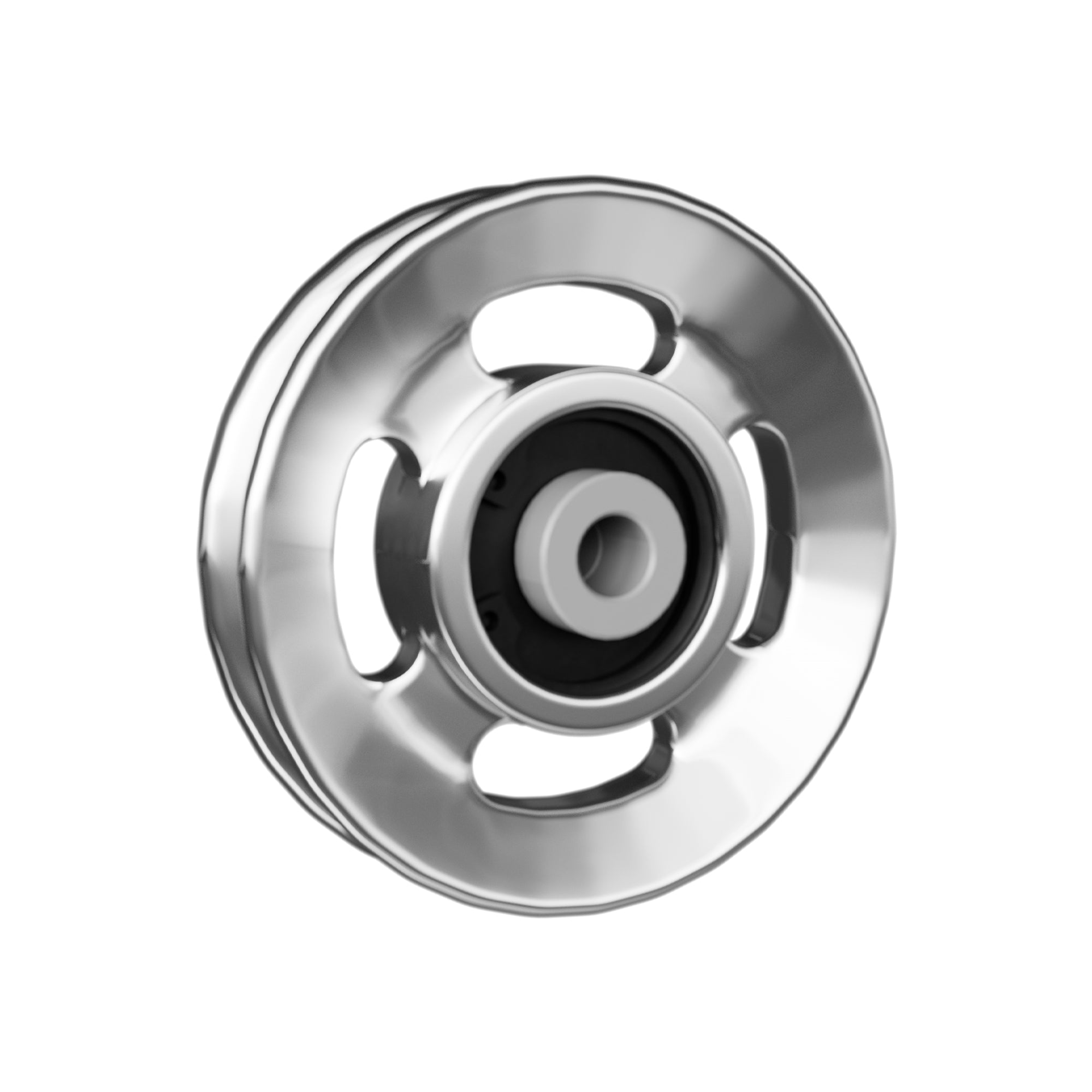
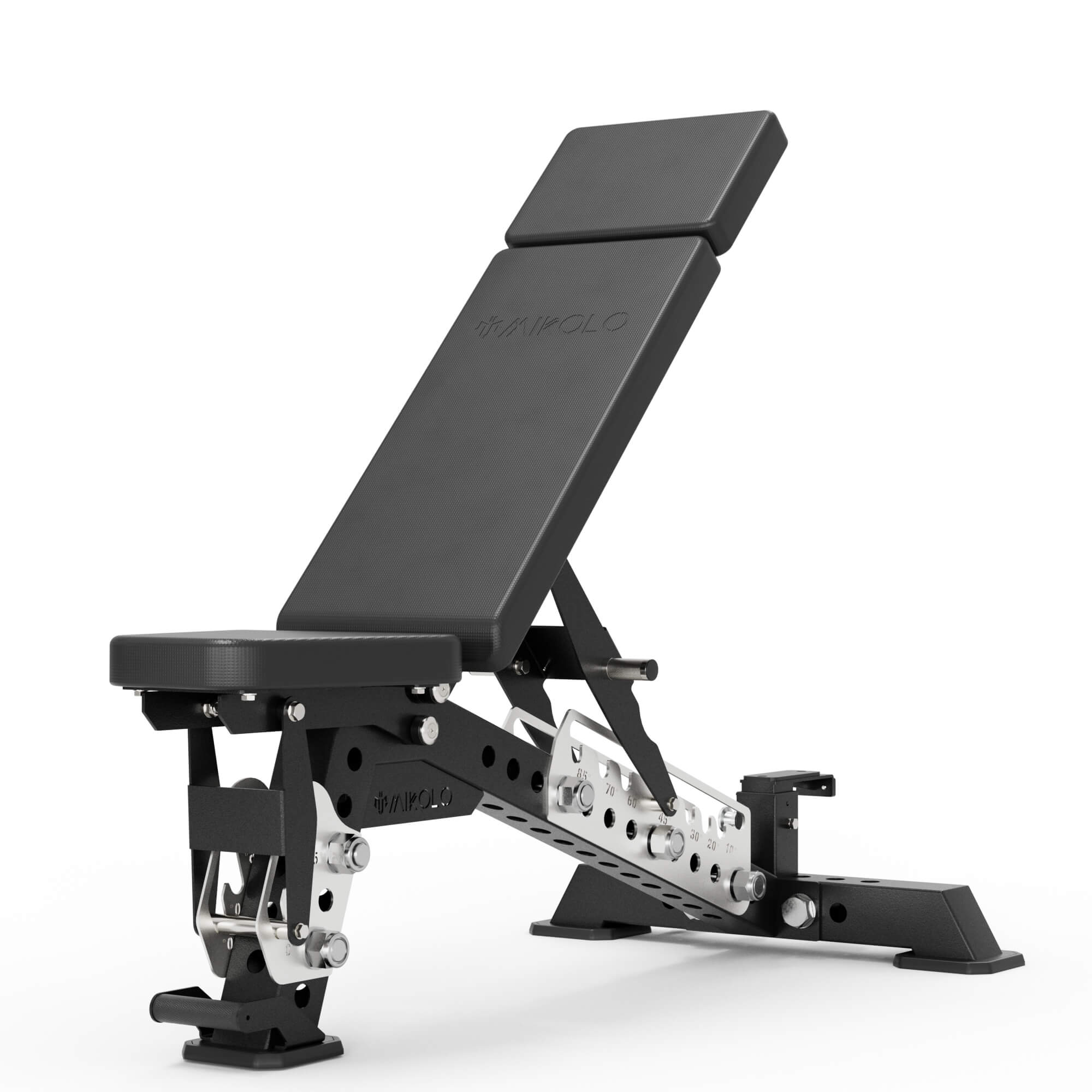
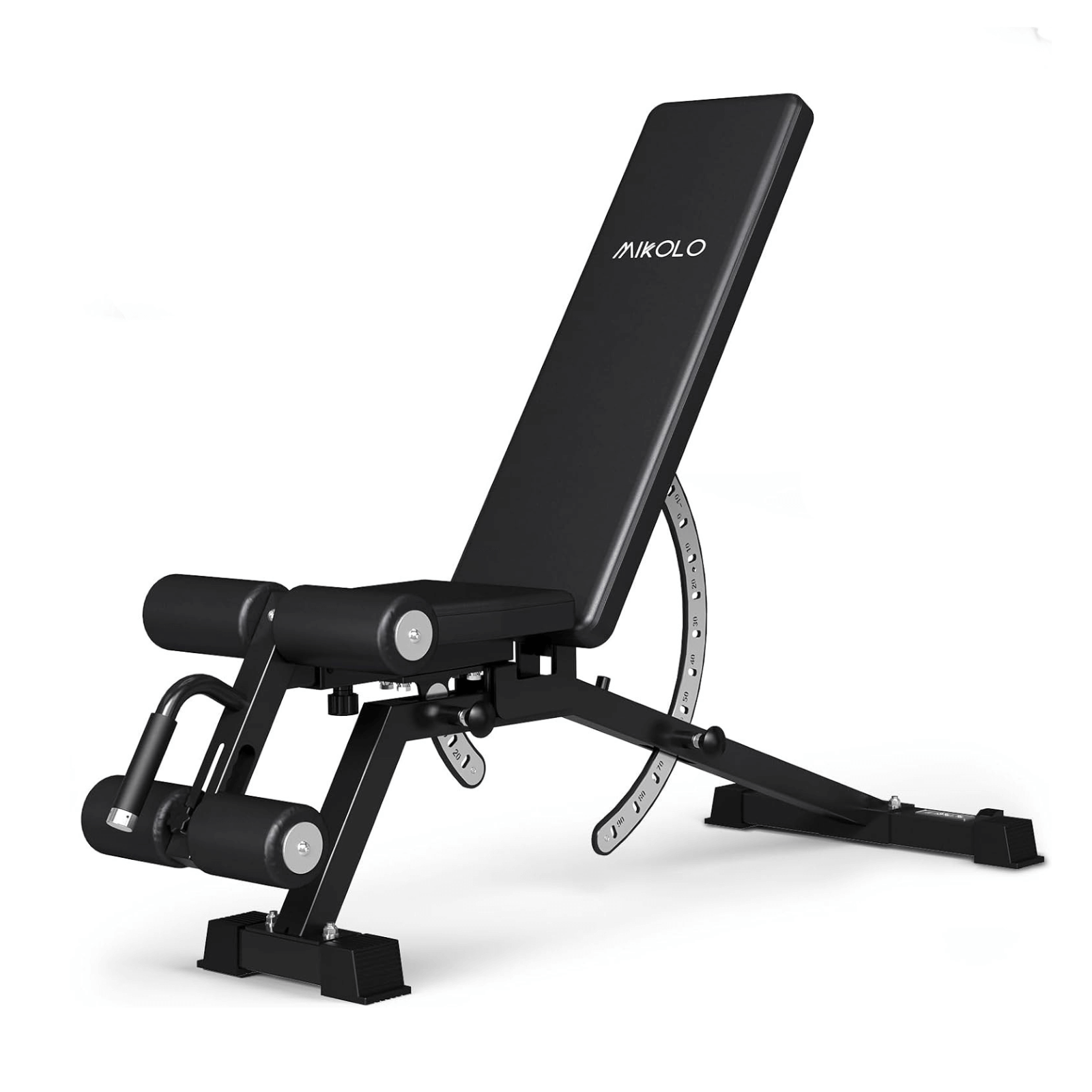

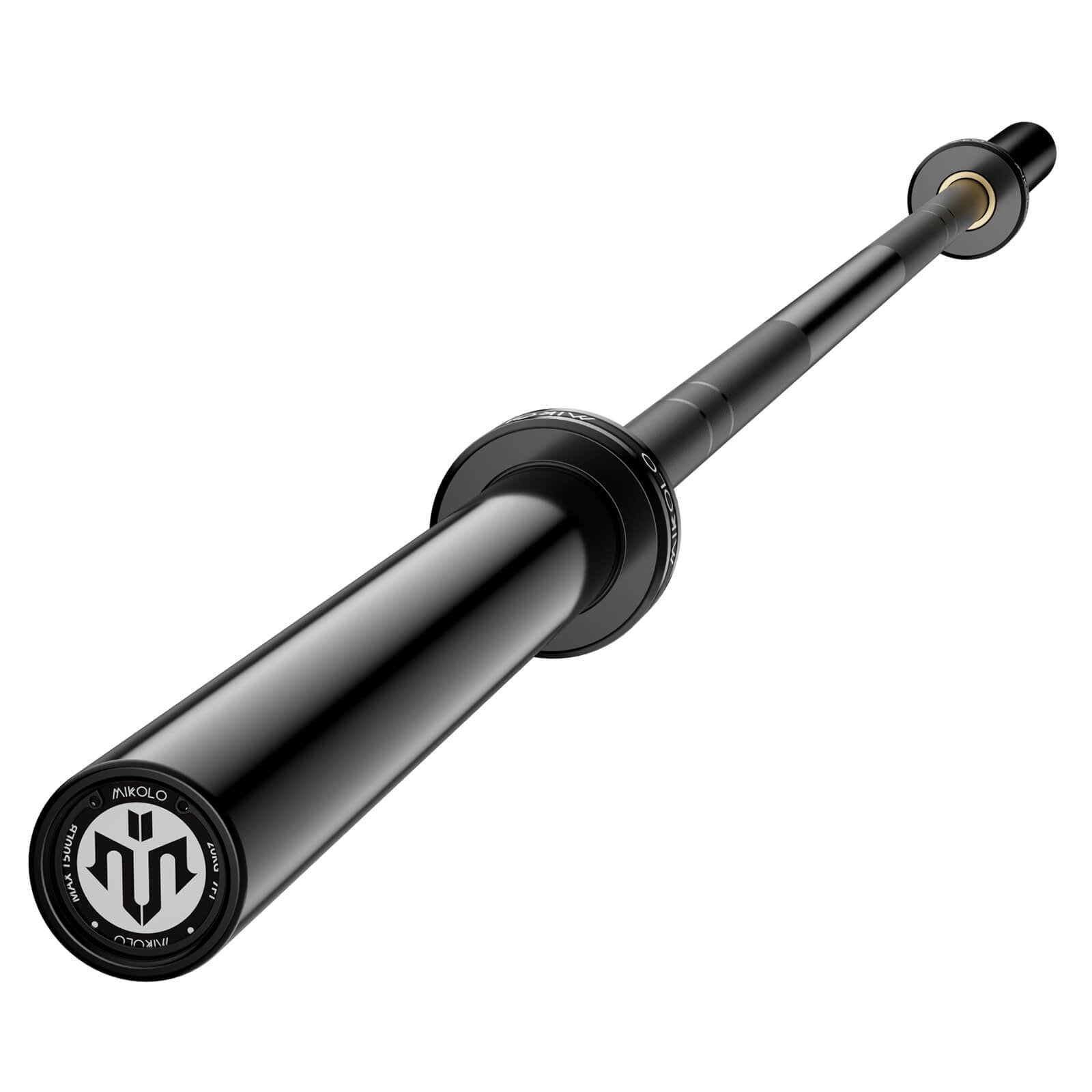
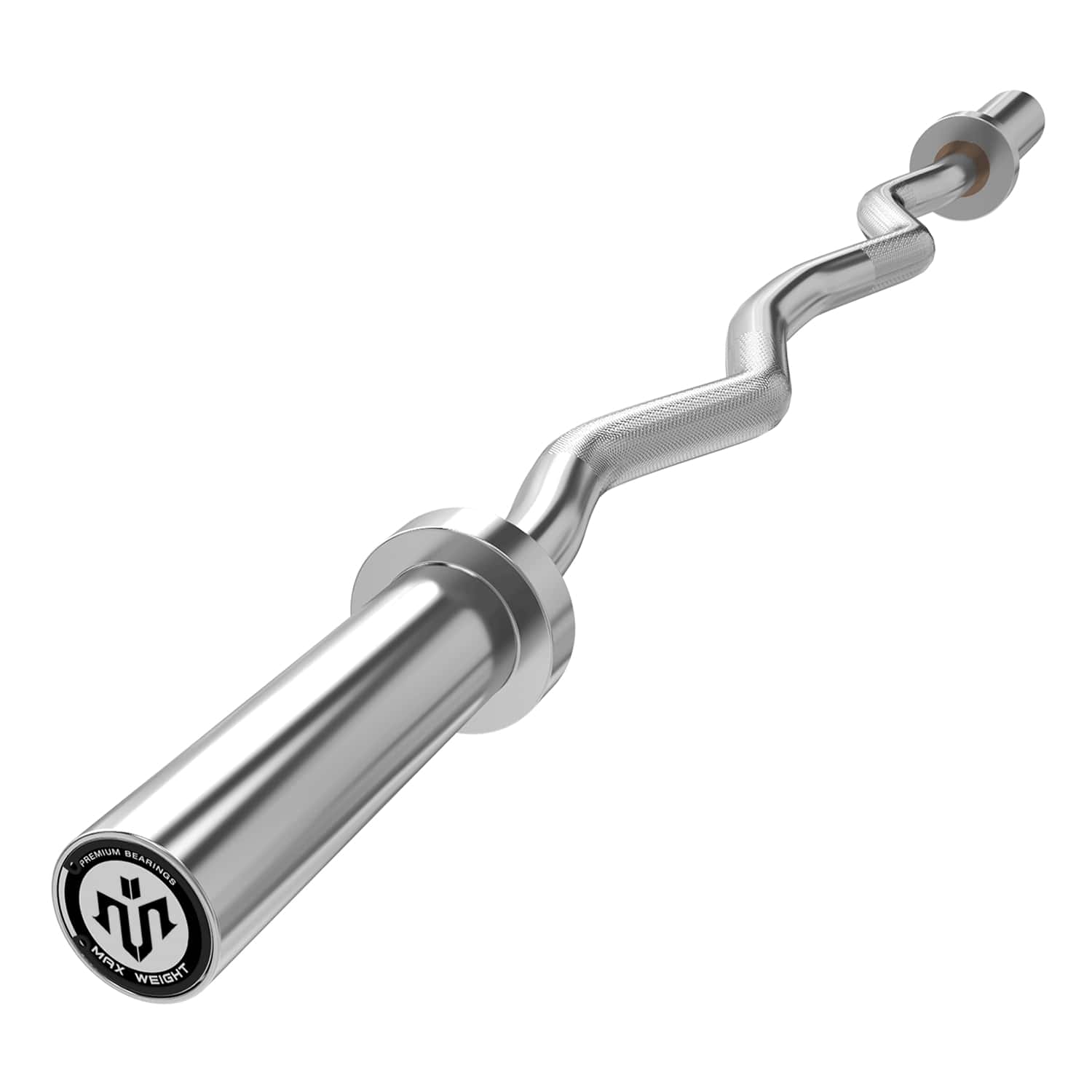
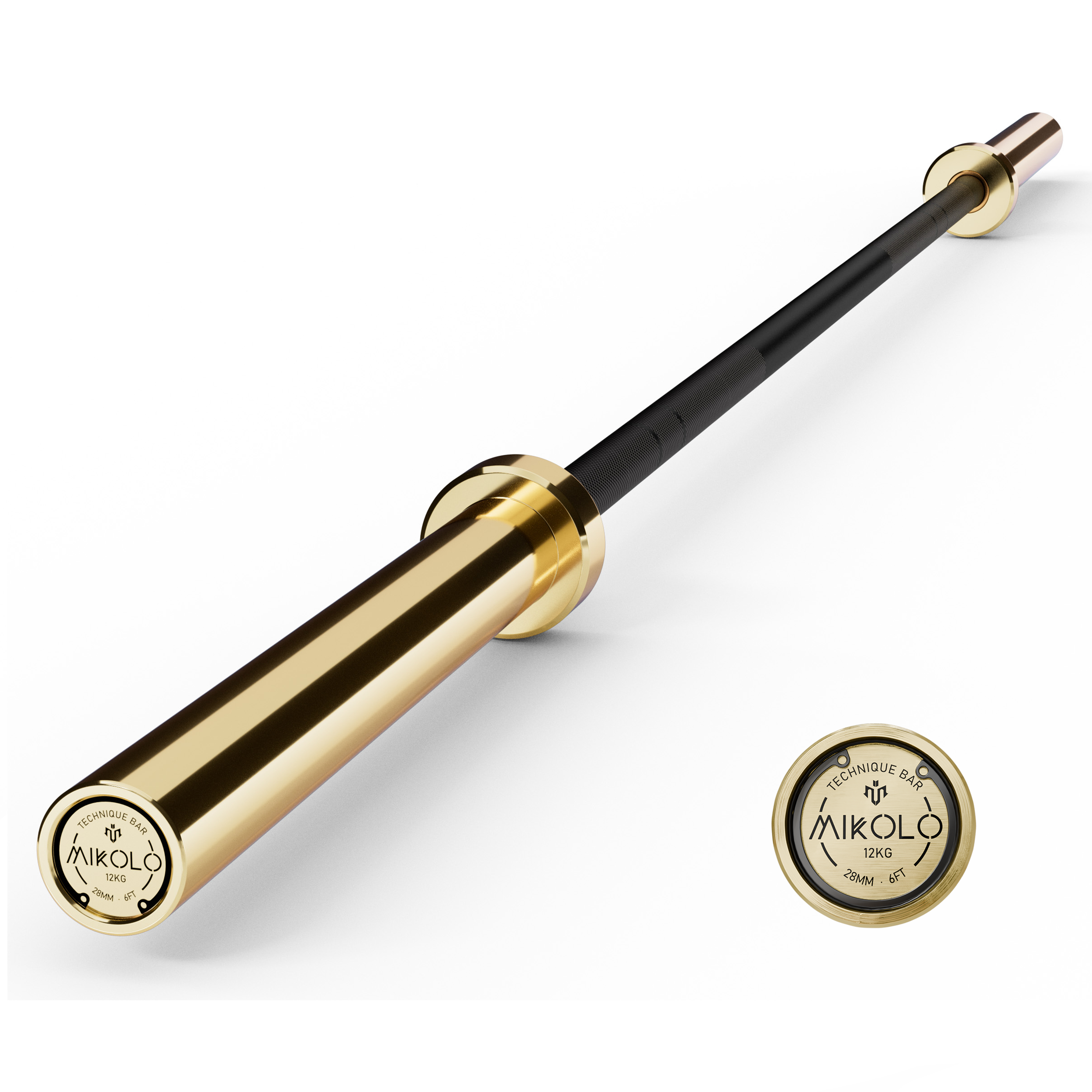
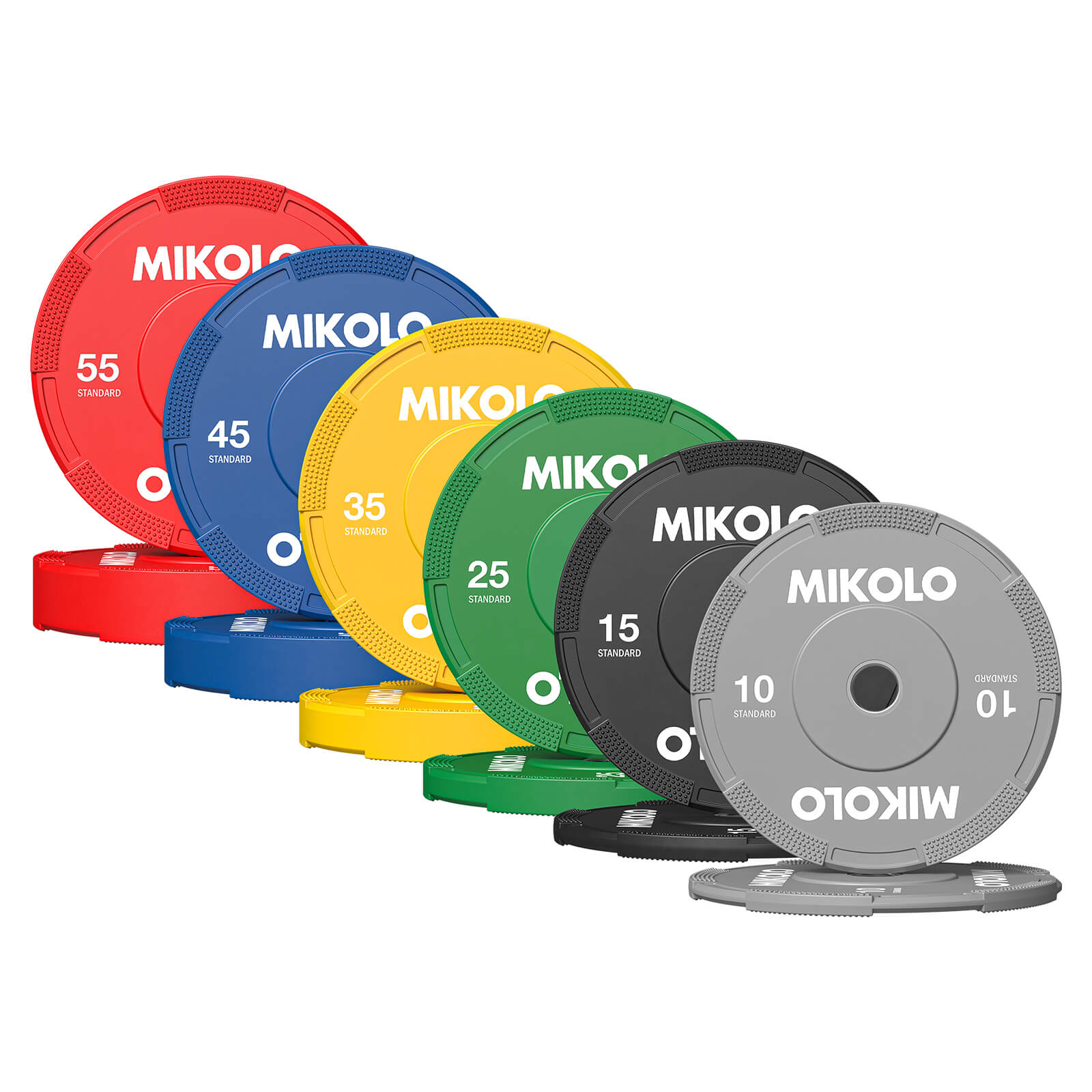
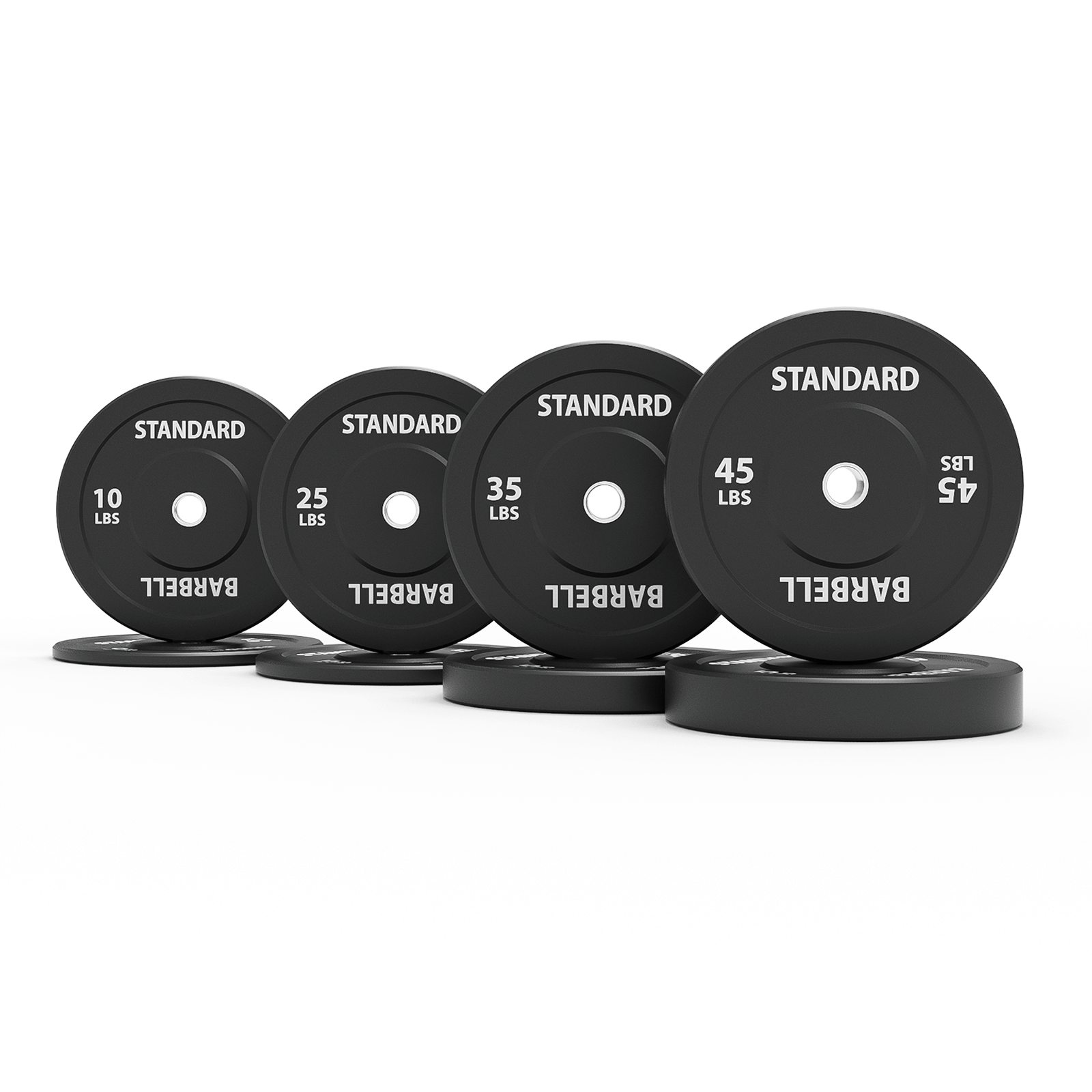
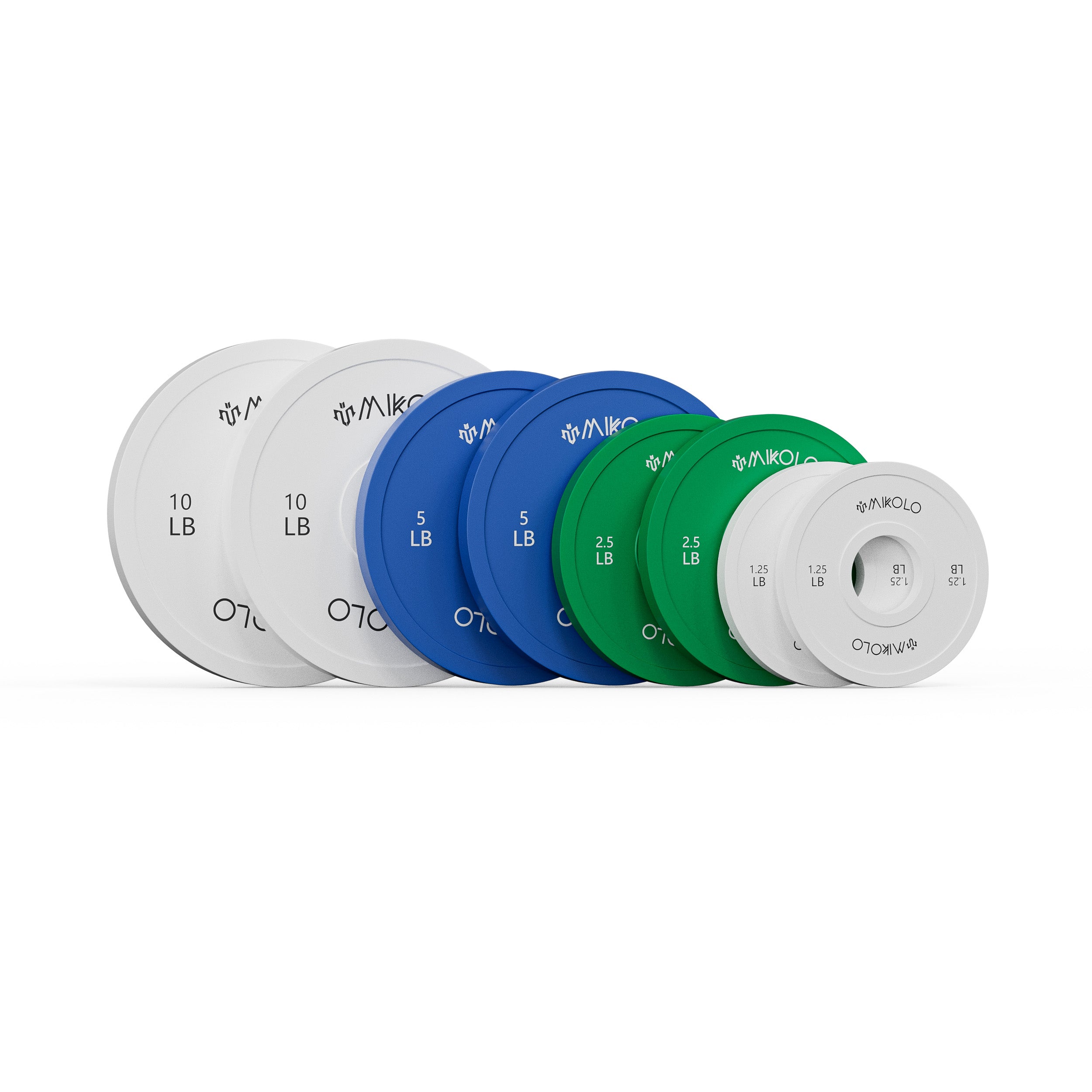


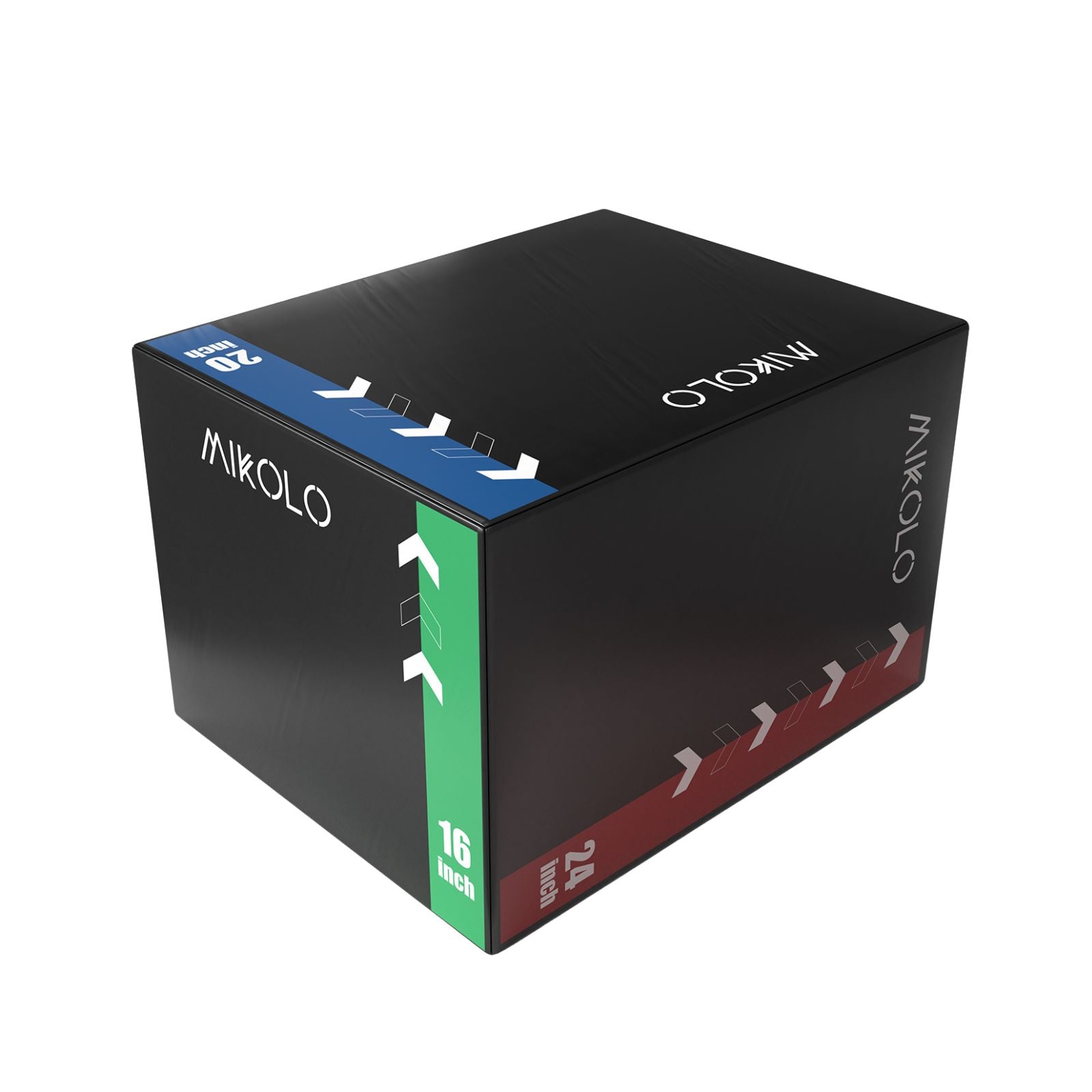
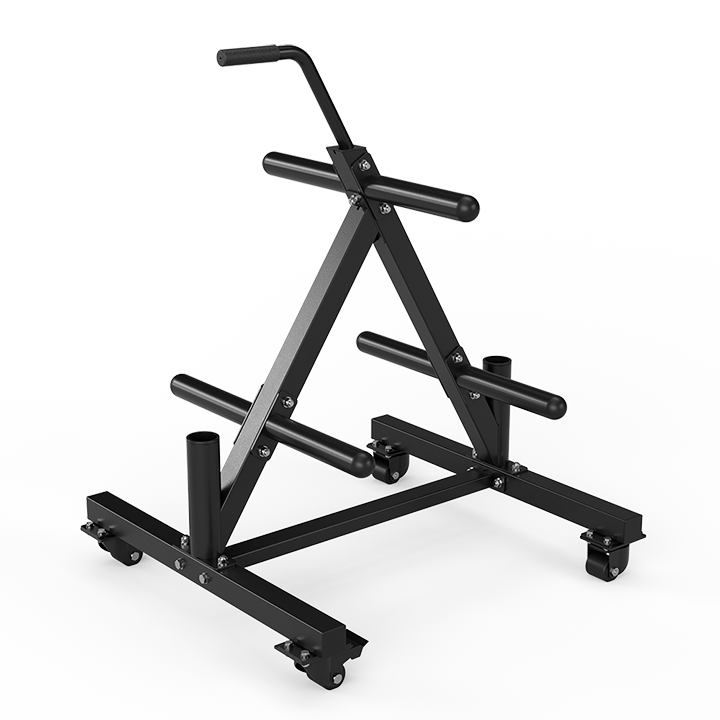
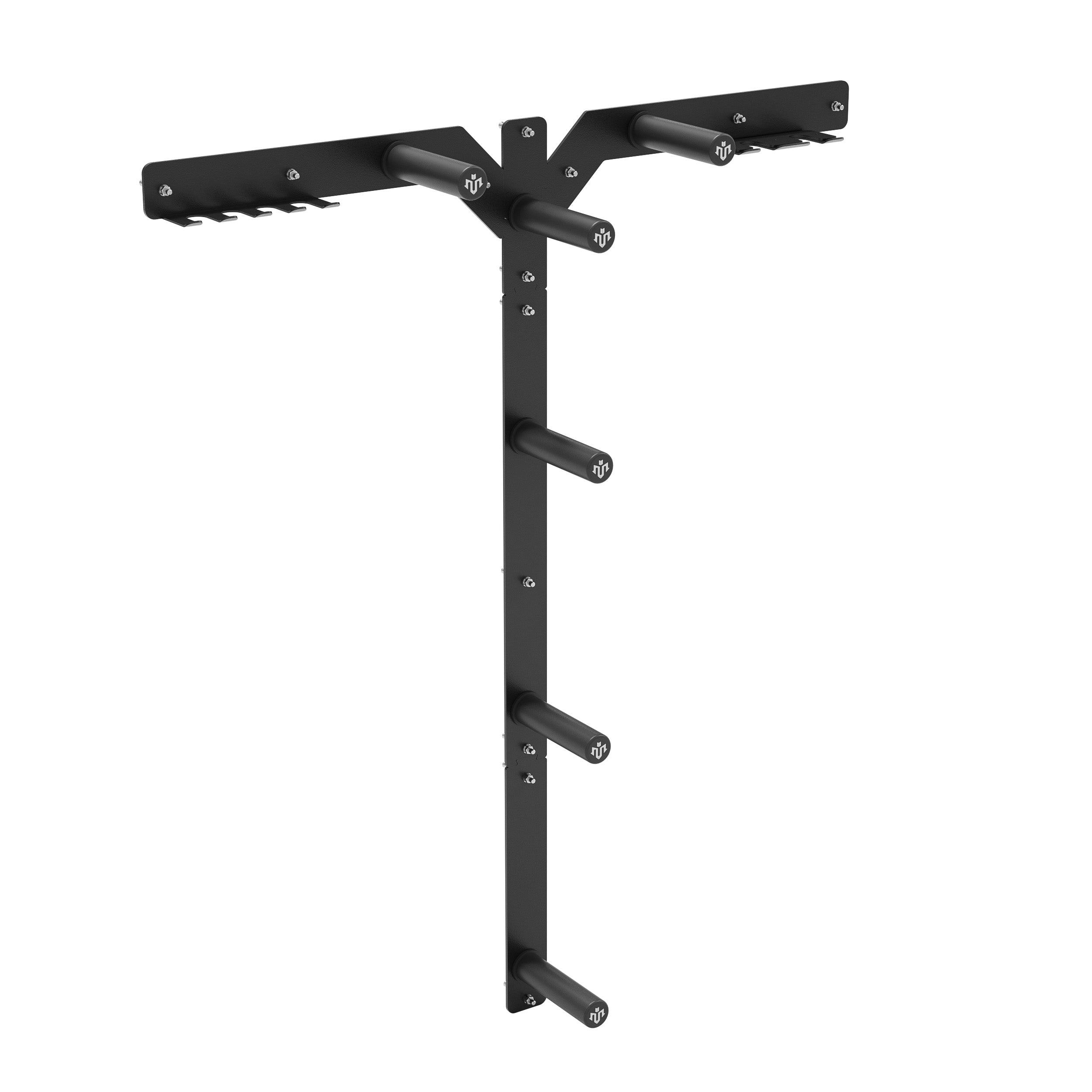




Leave a comment
This site is protected by hCaptcha and the hCaptcha Privacy Policy and Terms of Service apply.